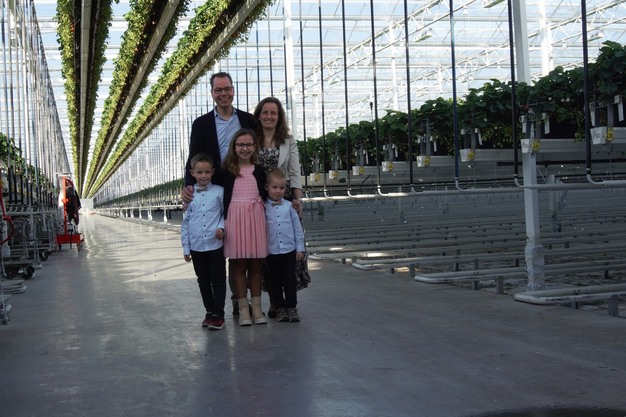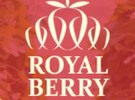"We've had not much sun since February, so it's another late spring, and strawberry production is slightly slower than usual and later than planned," says Jan van Genderen, owner of Royal Berry, a Dutch company focusing on growing and marketing strawberries. However, in mid-April, several days of good weather and the start of unlit cultivation mean volumes are increasing. Jan notes that demand is good and prices are stable and at a reasonable to good level.
 Jan van Genderen and his family.
Jan van Genderen and his family.
He says clients are eager to start with Dutch strawberries. "Retailers want good strawberries of reliable quality. Spain is struggling with that - their quality isn't optimal, and volumes are low - so there's considerable motivation to switch to the Dutch product as soon as possible. That's good for Dutch cultivation." That is true in winter, too, Jan points out. "There's quite a lot of demand for lit strawberries to be able to supply a high-quality product in the winter as well," he says.
Tricky combination
The strawberry grower also sees that while the weather conditions—and, thus, growing conditions—become increasingly extreme, retailers increasingly want perfect products. That is a tricky combination, he notes. "Matching those two aspects is becoming more challenging, but if you succeed, you're valuable."
That is why Royal Berry deliberately chose to specialize solely in strawberries. Jan sees growth opportunities through expansion with affiliated growers who want to produce for Royal Berry and join the company's chosen strategy. "We should expand our acreage slightly more in the future, too," he adds.
Scaling up
That development fits into the consolidation trend that Jan notices also happening in strawberry farming. "You could say it's about ten years behind tomato cultivation. Based on that, more and more strawberry sector parties will probably cooperate or merge. The market will consolidate massively. The number of players will decrease," says Van Genderen, "and, in turn, companies' scales will automatically increase."
He expects the total Dutch strawberry acreage to remain fairly stable, with a consistently good demand. "The acreage, generally, isn't growing. The enormous rise in costs is putting cultivation yields under pressure."
Jan foresees that, regarding cultivation, there is room for, especially, covered crops. "Open-field strawberry farming is being phased out completely. It's almost impossible to manage that efficiently and to find people who want to do it at all. I doubt that type of cultivation will return, either," he concludes.
For more information:
Jan van Genderen
[email protected]  Royal Berry
Royal Berry
Geranium 1
6681 RE Bemmel
T +31 263255434
[email protected]
www.royalberry.eu
